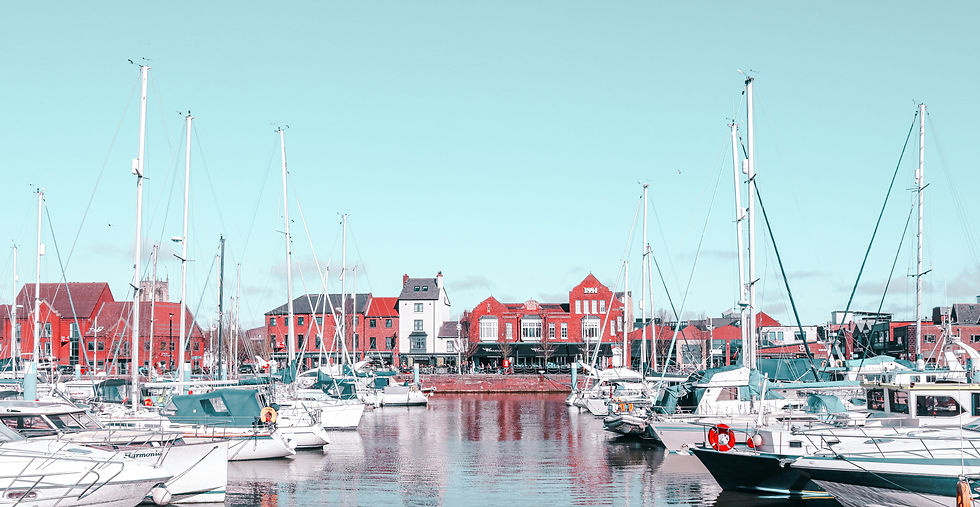If you are serious about sustainability, build in stone
- Frederick Rickmann

- 30. okt.
- 2 min læsning
When we talk about sustainability in architecture today, we often find ourselves turning toward trendy “eco-materials”: timber, rammed earth, hempcrete, recycled composites. These are all fine choices, of course — natural, renewable, and fashionable in their own way. But in our enthusiasm for the new, we seem to have forgotten the most sustainable building material of all: stone.
Stone is so fundamental, so ancient, and so deeply woven into the history of building that its virtues have almost become invisible. It’s as if we can’t see it anymore precisely because it has always been there — under our feet, in our walls, shaping our landscapes.

Think for a moment of the world’s greatest and most enduring architecture. The Parthenon. The Egyptian pyramids. The cathedrals of Europe. The fortified villages of the Mediterranean. Even the modest cottages and crofts of poorer communities in rocky regions — from Ireland to Greece to northern Norway — were built of the stone that lay ready at hand. These buildings have endured centuries of weather and war, yet still stand strong. You can’t get much more sustainable than that.
So why, as architects striving for environmental responsibility, do we so rarely consider building in stone today?

The usual answer is cost. Quarrying, shaping, and transporting stone seem expensive compared to modern, prefabricated materials. But perhaps that’s because we’ve forgotten how to build with it intelligently. In a recent Norwegian project, I’ve been exploring exactly this question — collaborating with tunnelling engineers to design a series of “Rock Houses.” The idea is simple but radical: to work with the landscape, not against it, carving and anchoring architecture directly into the rock itself.

When stone becomes structure rather than cladding, when it forms the very body of the building instead of merely dressing it, the economics begin to change. There’s no need for imported concrete or elaborate finishes. What you have is already there — solid, beautiful, permanent.
Sustainability, at its core, isn’t about novelty. It’s about endurance. It’s about building things that last — for centuries, not decades. And if we want to build for the long term, to create architecture that belongs to both the past and the future, perhaps it’s time we remembered the simplest lesson of all:
If you want sustainability, build in stone.
#Architecture #Sustainability #StoneArchitecture #BuildingDesign #CircularDesign #MaterialHonesty #LowCarbonDesign #RockHouses #NordicArchitecture #Craftsmanship #ArchitecturalDesign #永續性 #石材建築 #建築設計 #循環設計 #低碳設計 #北歐建築 #精湛工藝 #Bæredygtighed #Stenarkitektur #Bygningsdesign #CirkulærtDesign #Materialeærlighed #Lavoutdesign #Stenhuse #NordiskArkitektur #Håndværk #ArkitektoniskDesign



Kommentarer